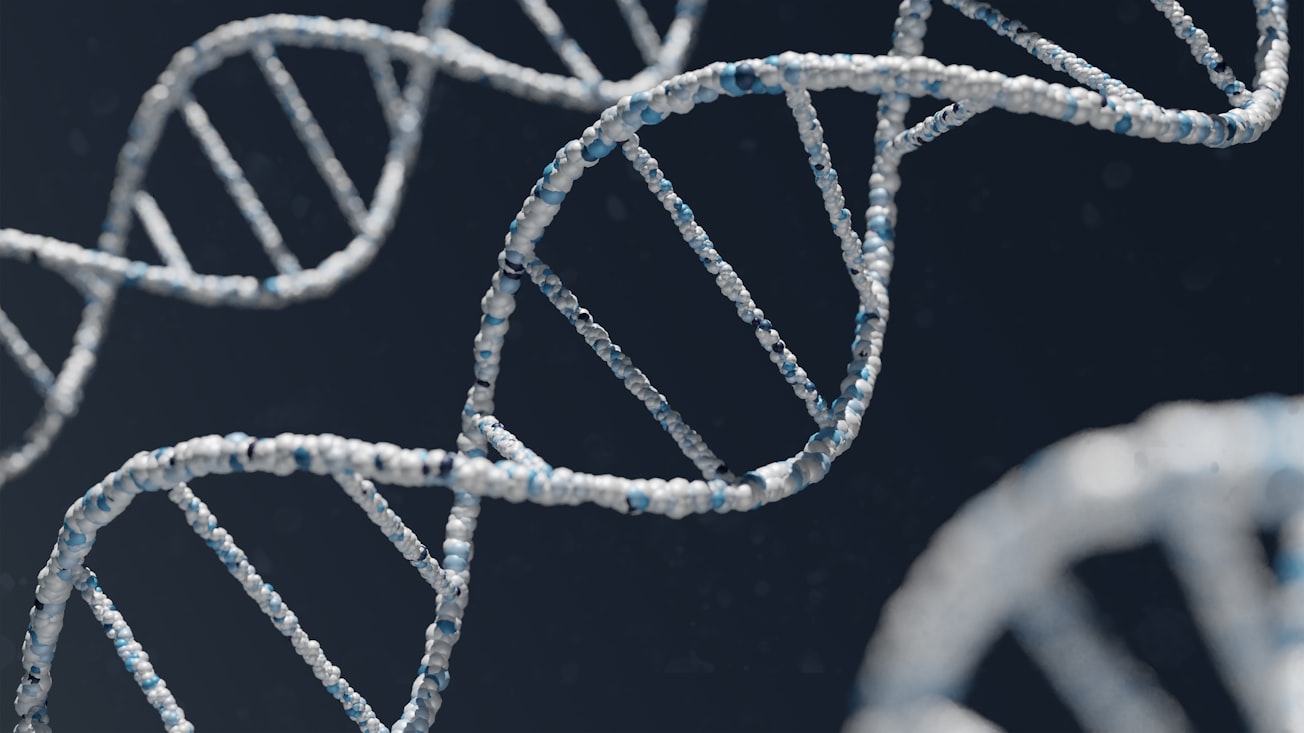What is it about?
We used a new single-molecule technique to observe the motion of a prototypical helicase called PcrA as it walked along single-stranded DNA and unwound double-stranded DNA. The technique, known as single-molecule picometer resolution nanopore tweezers (or SPRNT), is based on the technology of nanopore DNA sequencing. In SPRNT we can use a nanopore to track the motion of a motor enzyme as it walks along DNA. SPRNT also allows us to apply forces to the motor enzyme that assist or oppose the motor's motion. This lets us observe how the molecular motor turns it's fuel source, adenosine-triphosphate (ATP), into directed motion along a DNA strand. SPRNT measures a motor enzyme's exact location along a DNA strand, so we can see how different DNA bases inside the helicase or in front of the helicase affect how quickly it can walk. Here we looked at how PcrA walks along the DNA in a so-called inchworm mechanism and compared its ability to walk along single-stranded DNA to its ability to unwind double-stranded DNA. In both single-stranded DNA translocation and double-stranded DNA unwinding, PcrA traveled at different speeds along different DNA sequences. Unwinding of DNA was significantly slower than simply walking along single-stranded DNA. Intriguingly, we found that the speed at which PcrA walks along single-stranded DNA sequence is proportional to the speed at which it unwinds the same double-stranded DNA sequence. In other words how quickly PcrA can unwind double-stranded DNA depends on how well it can walk along single-stranded DNA. This is a surprising finding because before now, it was assumed that the work of unwinding DNA would dominate the time it takes to unwind the DNA bases. It was assumed that stronger base pairs would unwind more slowly while weaker base-pairs would unwind quickly. Our data show the reality is more nuanced. In this sense, a helicase is like a snow-plow: the amount of snow in-front of the plow matters, but the plow's traction on the road is also important. DNA unwinding happens in the context of walking along single-stranded DNA, so the enzyme's ability to unwind DNA is strongly affected by how well it can walk along single-stranded DNA.
Featured Image

Photo by Warren Umoh on Unsplash
Why is it important?
Helicases are molecular motors that walk along and unwind double-stranded DNA and RNA and they are essential throughout the tree of life. They are involved in nearly every process using DNA or RNA in the cell, including nucleic acid replication, repair and reorganization. This makes them extremely important for the understanding of disease and also the underlying processes that make life possible. Here the application of SPRNT reveals never-before-seen details about how helicases actually perform the work of unwinding DNA. In particular, helicases take such small steps (~6 atoms per step) on such fast time-scales (milliseconds) that it's very difficult to observe their elementary steps. SPRNT is the first technology to make this kind of observation possible and enables us to learn fundamentally new things about molecular motors that walk on DNA or RNA such as helicases and polymerases. It's long been known that helicases unwind some DNA sequences more quickly than others, here we're actually able to see why that is and gain a deeper understanding for how DNA sequence affects how helicases like PcrA do what they do. The results of our work suggest that PcrA is strongly affected by some DNA sequences and that such interactions may be essential to PcrA's role in the cell.
Read the Original
This page is a summary of: Sequence-dependent mechanochemical coupling of helicase translocation and unwinding at single-nucleotide resolution, Proceedings of the National Academy of Sciences, August 2022, Proceedings of the National Academy of Sciences,
DOI: 10.1073/pnas.2202489119.
You can read the full text:
Contributors
The following have contributed to this page







